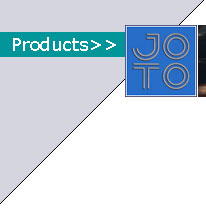



Just as a lathe
has a tool post to hold the bit, so a grinding wheel has a bond to hold the
grits in cutting position. The bond itself does not remove metal : its main
function is to hold the grains in the cut with varying degrees of strength
(grade).
The first bond symbol, such as V, denotes the general type of bond (vitrified,
resins etc) and is the same for all manufacturers. The second symbol, consisting
of one or more letters or digits, such as S, is the manufacturer's code for
a particular modification of the bond, and also for such features as induced
porosity, special treatment or reinforce wheel.
Vitrified Bond :
Vitrified bonded wheels have a porous structure composed of abrasive particles
held together by bond bridges of glass or similar vitreous material. Various
clays, frits and other fusible materials are used in formulating bonds to
give a wide range of structures, each with its own specific properties and
grinding characteristics. Firing in kilns at temperatures in excess of 1000oC
develops their strength.
Since vitrified bonded wheels are manufactured at such high temperatures,
they are not affected by heat generated during the normal grinding process.
Mechanical forces imposed during grinding can therefore, only fracture individual
bond bridges.
Vitrified wheels have a high modulus of elasticity. This rigidity makes them
particularly suitable for precision operations.